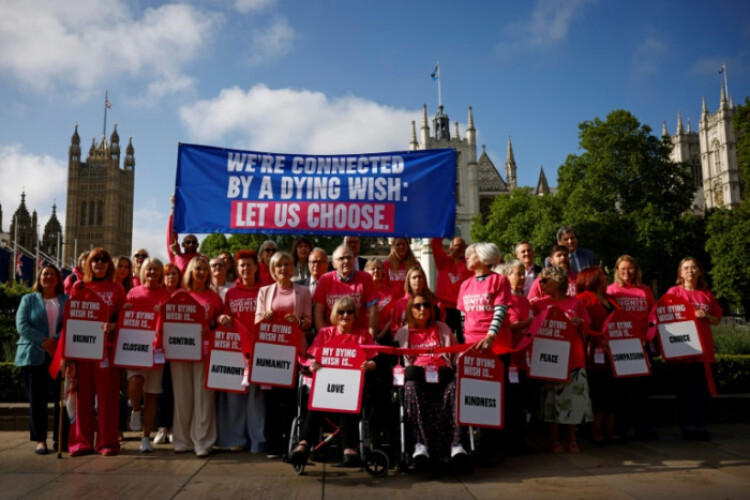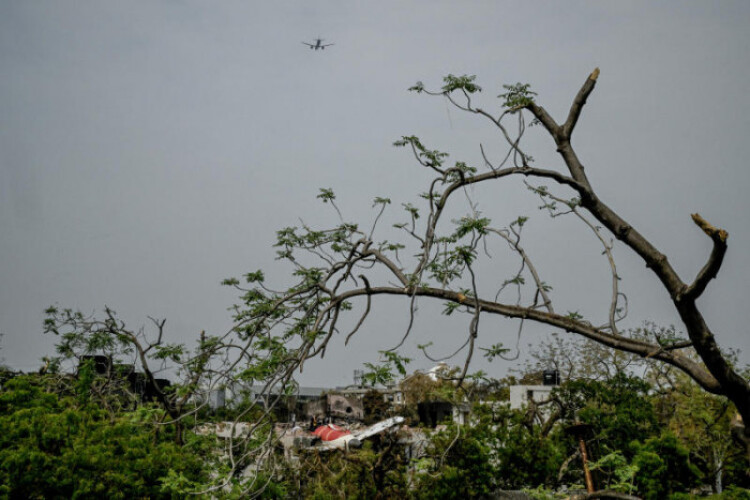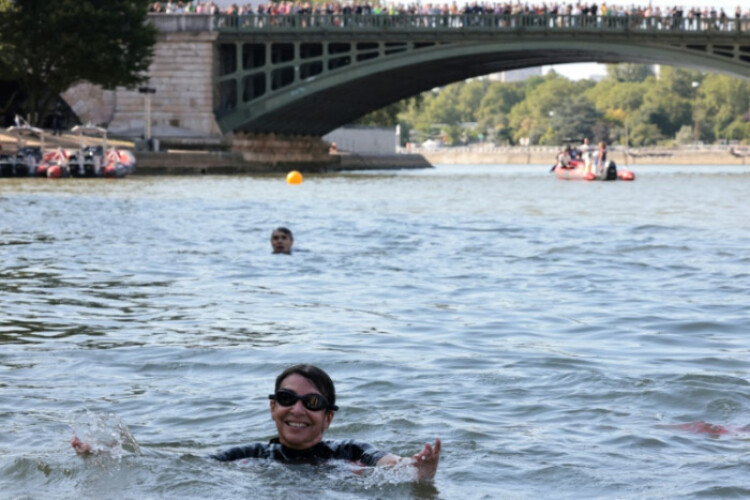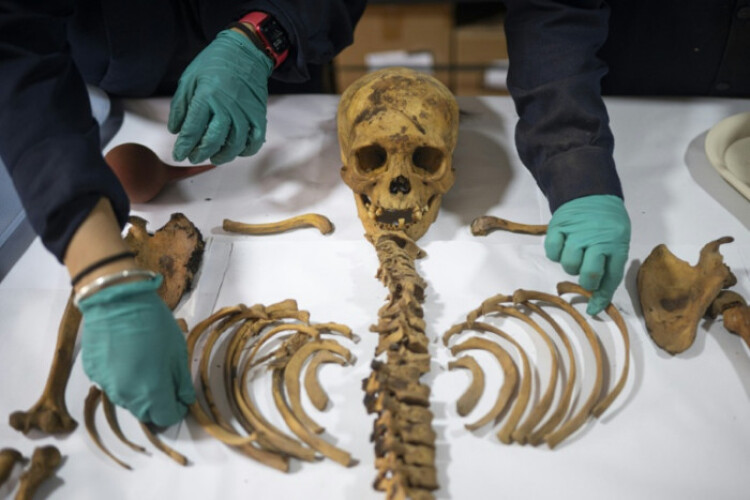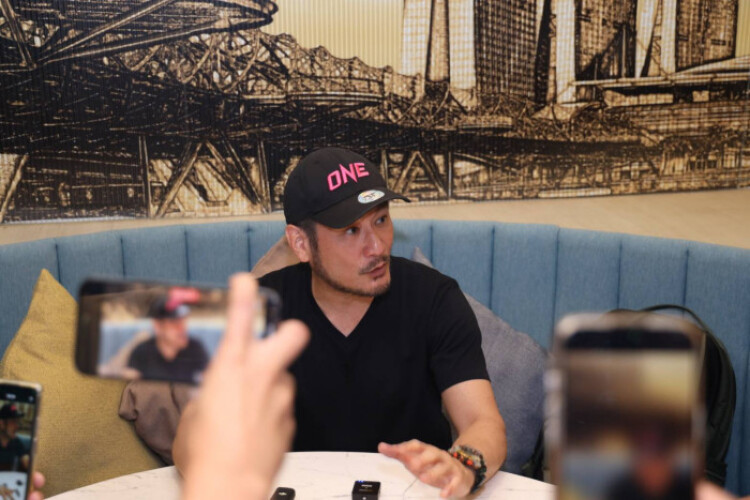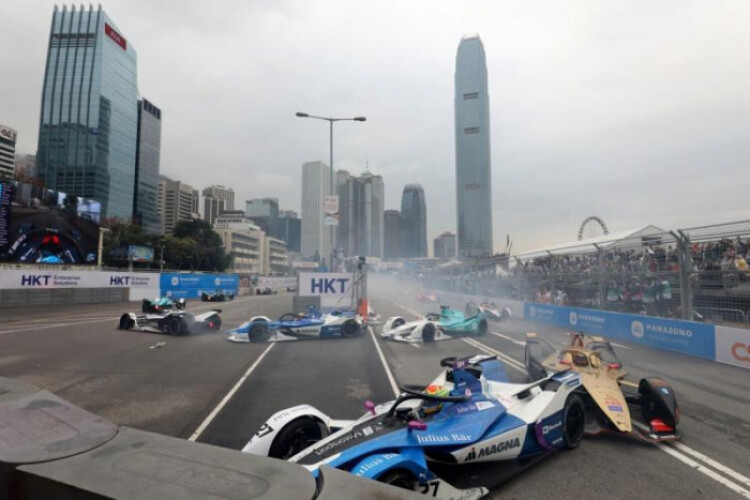
WASHINGTON - The United States foreign and defence secretaries said Thursday that North Korean soldiers in Russia are expected to enter combat against Ukrainian forces "in the coming days."
Citing the most recent intelligence, US Secretary of State Antony Blinken said that as many as 8,000 of the roughly 10,000 North Korean troops sent to eastern Russia in October for training are believed to have been moved to the country's western region of Kursk near Ukraine.
Blinken unveiled the number following a meeting of the foreign and defence chiefs of the United States and South Korea, which took place in Washington after North Korea tested an intercontinental ballistic missile (ICBM) that is believed to be capable of reaching the US mainland.
At a joint press conference with them, US Defence Secretary Lloyd Austin said the United States believes the Russian military has trained the soldiers in artillery and unmanned aerial vehicle operations, as well as basic infantry tactics such as trench clearing.
Austin warned that "make no mistake, if these North Korean troops engage in combat or combat support operations against Ukraine, they would make themselves legitimate military targets."
During the meeting between the Blinken and Austin and South Korean Foreign Minister Cho Tae Yul along with Defence Minister Kim Yong Hyun, Blinken said they agreed China should do more to curb North Korean provocations and stop support for Russia's defence military base that is helping to prolong the war in Ukraine.
Noting that this is the first time in 100 years that Russia has invited foreign troops onto its soil, Blinken said, "Our two sides today discussed a range of options in response, and we're closely coordinating with allies and partners."
The top US diplomat said he and the South Korean foreign minister were on the phone with their Japanese counterpart early in the morning and confirmed close coordination on North Korea.
He also revealed the United States had "robust" engagement with China earlier this week.
On the deployment of North Korean soldiers, Austin said, "If China is serious about its desire for de-escalation, it should be asking Russia some hard questions at this point."
He also said that there has been no indication so far of Russian involvement in the ICBM launch.
The so-called two-plus-two meeting of the two countries was already scheduled when the launch occurred.
The latest North Korean missile, launched at a steep angle, flew for about 86 minutes at a maximum altitude of over 7,000 kilometres, according to Japanese Defence Minister Gen Nakatani.
Shortly after the launch, Nakatani told reporters in Tokyo on Thursday that both numbers are record highs, topping comparable data from North Korean missile tests in the past.
North Korea's official media said that it was a new ICBM called the Hwasong-19, saying the launch, guided in person by its leader Kim Jong Un, was aimed at updating "ultra-powerful offensive means."
This picture taken on June 19, 2024, and released on the following day from North Korea's official Korean Central News Agency (KCNA) via KNS shows North Korea's leader Kim Jong Un (centre R) and Russia's President Vladimir Putin (centre L) parading around in an open-top car during a welcoming ceremony at Kim Il Sung Square in Pyongyang.
The Korean Central News Agency (KCNA) quoted Kim as saying the security situation of his country will require it to bolster "modern strategic attack forces and more perfectly round off our nuclear forces' response posture."
The ICBM test, the first by North Korea in nearly a year, took place days ahead of the US presidential election, in which former President Donald Trump, who has said he plans to "get along" with the North Korean leader as he sought to do in his first term, is the Republican candidate facing Democrat Vice President Kamala Harris.
Harris has pledged not to "cozy up to tyrants and dictators" like Kim in her campaign in the run-up to Tuesday's election, which polls suggest will be extremely tight.
The ICBM test also came as North Korea appears to have completed preparations for its first nuclear test since 2017.
Citing the most recent intelligence, US Secretary of State Antony Blinken said that as many as 8,000 of the roughly 10,000 North Korean troops sent to eastern Russia in October for training are believed to have been moved to the country's western region of Kursk near Ukraine.
Blinken unveiled the number following a meeting of the foreign and defence chiefs of the United States and South Korea, which took place in Washington after North Korea tested an intercontinental ballistic missile (ICBM) that is believed to be capable of reaching the US mainland.
At a joint press conference with them, US Defence Secretary Lloyd Austin said the United States believes the Russian military has trained the soldiers in artillery and unmanned aerial vehicle operations, as well as basic infantry tactics such as trench clearing.
Austin warned that "make no mistake, if these North Korean troops engage in combat or combat support operations against Ukraine, they would make themselves legitimate military targets."
During the meeting between the Blinken and Austin and South Korean Foreign Minister Cho Tae Yul along with Defence Minister Kim Yong Hyun, Blinken said they agreed China should do more to curb North Korean provocations and stop support for Russia's defence military base that is helping to prolong the war in Ukraine.
Noting that this is the first time in 100 years that Russia has invited foreign troops onto its soil, Blinken said, "Our two sides today discussed a range of options in response, and we're closely coordinating with allies and partners."
The top US diplomat said he and the South Korean foreign minister were on the phone with their Japanese counterpart early in the morning and confirmed close coordination on North Korea.
He also revealed the United States had "robust" engagement with China earlier this week.
On the deployment of North Korean soldiers, Austin said, "If China is serious about its desire for de-escalation, it should be asking Russia some hard questions at this point."
He also said that there has been no indication so far of Russian involvement in the ICBM launch.
The so-called two-plus-two meeting of the two countries was already scheduled when the launch occurred.
The latest North Korean missile, launched at a steep angle, flew for about 86 minutes at a maximum altitude of over 7,000 kilometres, according to Japanese Defence Minister Gen Nakatani.
Shortly after the launch, Nakatani told reporters in Tokyo on Thursday that both numbers are record highs, topping comparable data from North Korean missile tests in the past.
North Korea's official media said that it was a new ICBM called the Hwasong-19, saying the launch, guided in person by its leader Kim Jong Un, was aimed at updating "ultra-powerful offensive means."
This picture taken on June 19, 2024, and released on the following day from North Korea's official Korean Central News Agency (KCNA) via KNS shows North Korea's leader Kim Jong Un (centre R) and Russia's President Vladimir Putin (centre L) parading around in an open-top car during a welcoming ceremony at Kim Il Sung Square in Pyongyang.
The Korean Central News Agency (KCNA) quoted Kim as saying the security situation of his country will require it to bolster "modern strategic attack forces and more perfectly round off our nuclear forces' response posture."
The ICBM test, the first by North Korea in nearly a year, took place days ahead of the US presidential election, in which former President Donald Trump, who has said he plans to "get along" with the North Korean leader as he sought to do in his first term, is the Republican candidate facing Democrat Vice President Kamala Harris.
Harris has pledged not to "cozy up to tyrants and dictators" like Kim in her campaign in the run-up to Tuesday's election, which polls suggest will be extremely tight.
The ICBM test also came as North Korea appears to have completed preparations for its first nuclear test since 2017.


